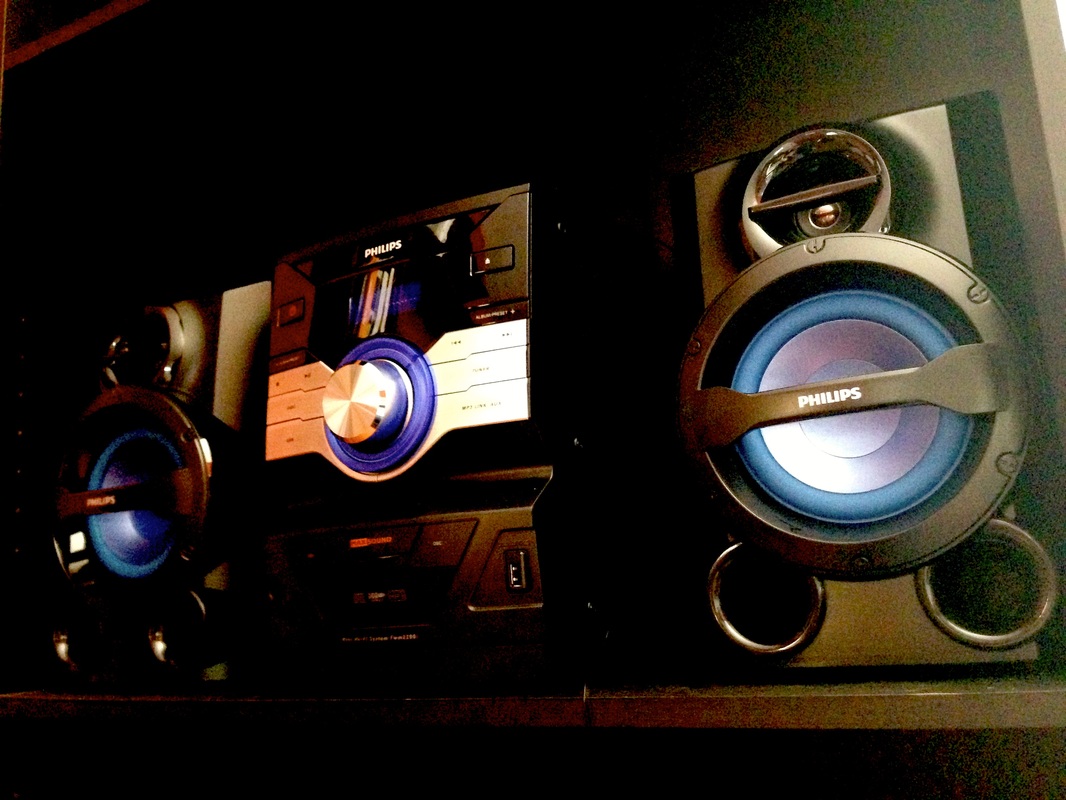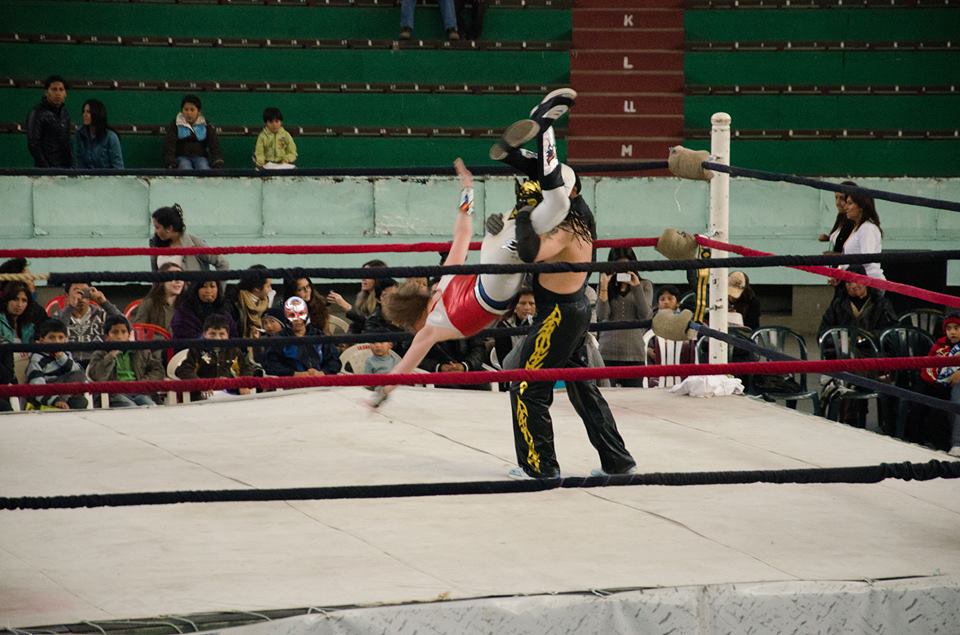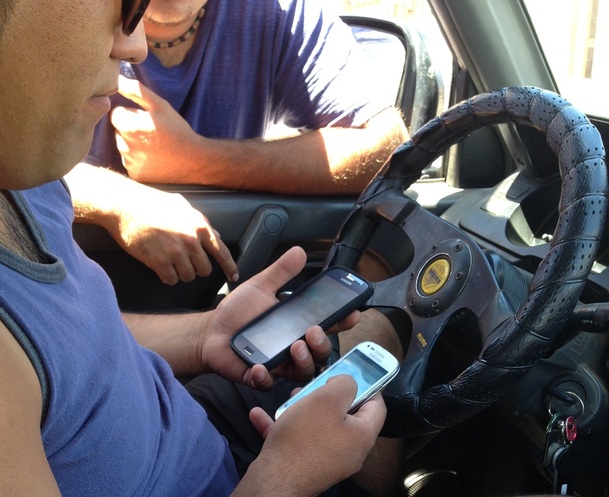As I got to know people, at times I felt I was being given a test. A colleague at Pontificia Universidad Católica de Chile had connected me with some politically active students in Alto Hospicio, and they invited me to help put up posters for a candidate for local representative before the elections in November 2013. I met Juan in the evening, outside one of the local schools where we made small talk before they others arrived. He asked me about my opinions on the Occupy Movement in the United States, and I spoke frankly, though keeping in mind his connections to Chilean Student movements. We continued talking about US politics and he asked if I had been very involved during my time in graduate school in Washington, DC. He asked about my support for President Barak Obama. And he asked very detailed questions about who I worked for, where funding for the research came from, and to what institutions the results would be reported. Eventually the other poster hangers arrived and we walked a few blocks to the home of his friend, where we were to mix up the paste for the hangings. As he introduced me to the group, he explained that I was “a trusted friend.” So I had passed the test.
Other tests of my trustworthiness took much longer. The first person I got to know outside of my apartment complex was Miguel, the administrator for the Alto Hospicio group I first joined on Facebook. Yet, it took over two months of online conversations before we met in person. Our chats at first were about the project, then about anthropology in general, while I asked him about his job at a mine in the altiplano and about his family. Later we conversed about television shows, movies, sports, and other hobbies. Eventually he told me funny stories about what his friends had done while drunk. I tried to reciprocate and realized my friends were far less rambunctious than his. Eventually, he invited me out with a group of friends to a dance bar in Iquique, and later I became friendly with his sister Lucia and her husband, often being invited to eat lunch in their home. Eventually one afternoon, sipping strawberry-flavored soda and finishing the noodles and tuna on my plate, Lucia asked Miguel how we met. He launched into a long story of seeing my post on the Facebook group site and being suspicious of it. He clicked on my Facebook profile and thought “What is a gringa like this doing in Alto Hospicio?” But his curiosity prevailed and he engaged me in conversation. As he recounted the story to his sister he eventually arrived at the night we had gone to the dance bar. “I was nervous standing outside the apartment, because I didn’t know what to expect. We had talked enough that I was pretty sure she was a real person, but I was still nervous. I thought maybe she wasn’t real. Maybe it was a fake profile. But then I saw her walking toward me and I just remember being really relieved.”




 RSS Feed
RSS Feed
